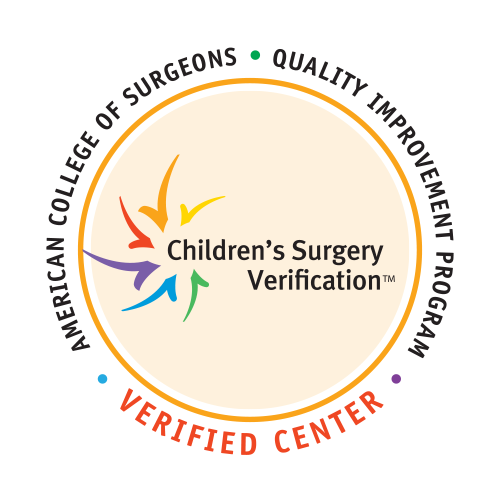Ear Deformities
Ear deformities or abnormalities in children can be congenital, meaning the child was born with the condition, or develop later due to trauma. Ear deformities can vary in severity, and symptoms can range from cosmetic to loss of hearing and related function. The pediatric plastic surgeons at University Hospitals Rainbow Babies & Children’s, together with pediatric audiologists, otolaryngologists (ENTs) and others, diagnose and treat children with deformities of the ear in order to improve both appearance and function.
Make an Appointment
To schedule a consult with one of our pediatric plastic surgeons, call 216-844-4780.
Some congenital ear deformities may resolve on their own as a baby continues to grow and develop. Others may require medical intervention, which can include both surgical and non-surgical options. Discussing treatment options with a pediatric plastic surgeon as early as possible will help ensure your child gets the right treatment at the right time to correct their deformity.
It’s not always clear what causes congenital ear anomalies, but some potential triggers may include restricted blood supply during fetal development, genetic disorders or exposure to certain medications while in utero.
Types of Ear Deformities in Babies & Children
Some of the most common childhood ear deformities include:
Ear Deformity Diagnosis and Treatment
Congenital ear deformities are usually visible at birth, but other symptoms may develop in the months and years after a baby is born. These include:
- Chronic ear infections
- Hearing loss
- Speech and language delays
If a deformity is observed at birth, your baby’s doctor will perform a physical evaluation, examining the external ear and looking inside the ear canal with an otoscope. In some cases, no treatment is needed because the ears gradually self-correct as your baby grows. Depending on the type and severity, congenital ear deformities can be treated with:
- Ear molding: This is a non-surgical procedure in which a customized mold is placed over the baby’s ear within the first several weeks of life, when the ears are still flexible. The mold will help gradually reshape the ear over two to four weeks.
- Surgery: For more severe ear deformities, surgical correction may be needed when your child is older, usually after 5 years of age. Surgical options include otoplasty to correct protruding ears, or surgical reconstruction of the ear for conditions such as microtia. Surgical treatment of an ear deformity may require a multiple, staged surgeries to reshape the outer ear.
For non-cosmetic issues, your child may be referred to other specialists such as a pediatric ENT physician, pediatric audiologist or pediatric speech-language pathologist. If your child is experiencing hearing loss as a result of their ear deformity, treatment options can include hearing aid devices or in some cases, surgery.
Your child’s health is important. Get expert care.
Offering in-person and virtual visits.
216-710-3407

UH Rainbow is recognized as a Level I Children’s Surgery Center by the American College of Surgeons (ACS), reserved for hospitals that meet the highest standards for quality care, safety, staffing, training, data collection and infrastructure. This quality indicator means that we are focused to prevent complications, hold down costs and improve patient outcomes.


